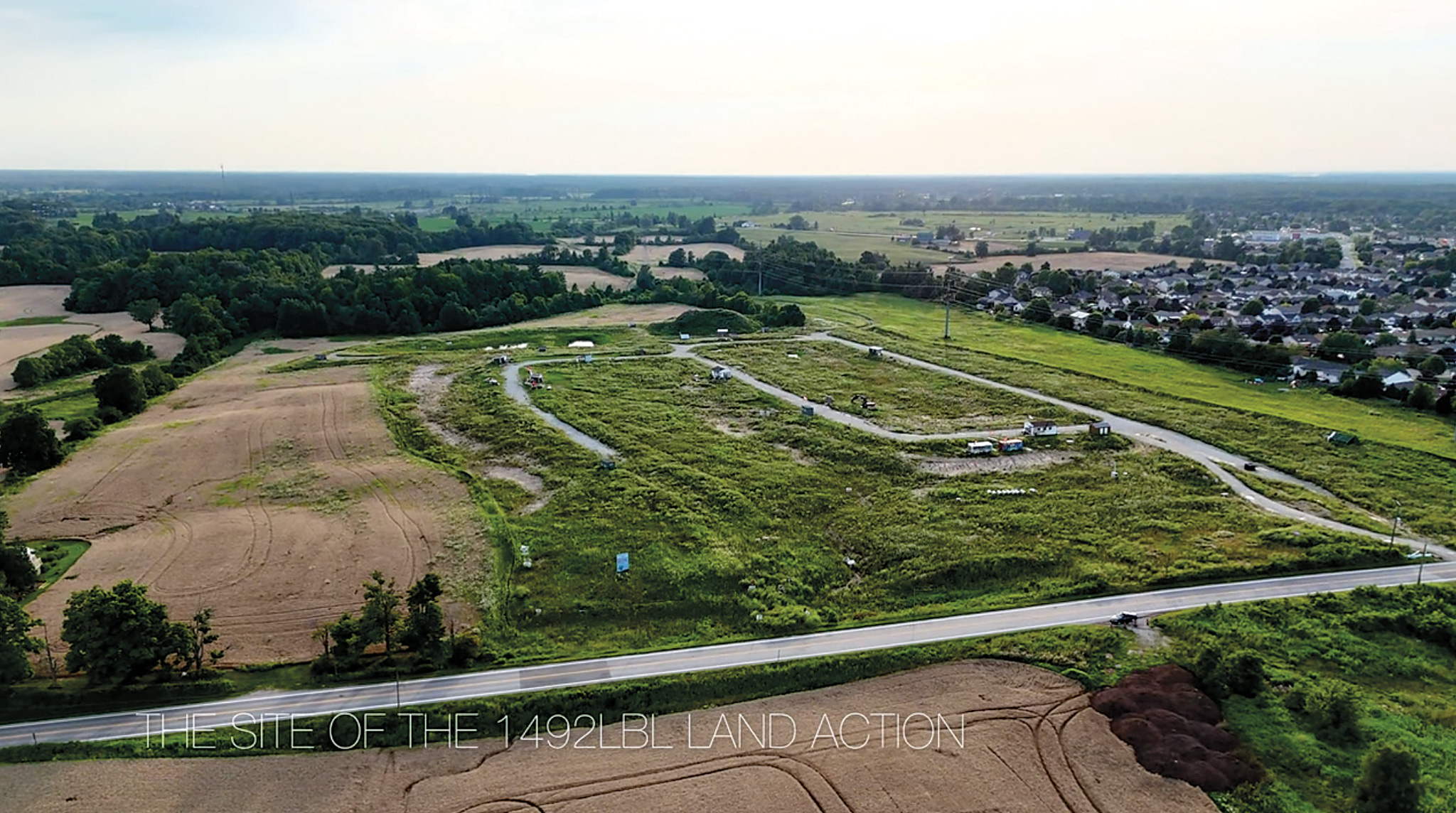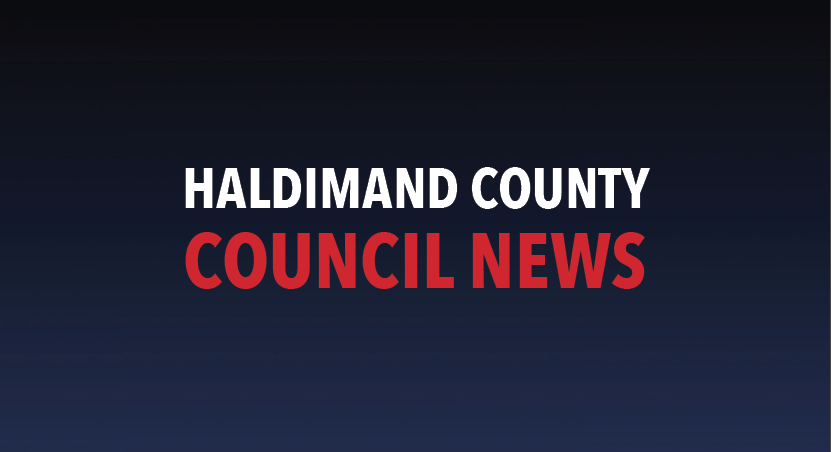HALDIMAND—Haldimand County Council has approved the 2025 Tax-Supported Capital Budget, committing to $41 million in infrastructure investments with a goal of maintaining assets and financial sustainability.
The budget, which includes 318 capital projects, sets the stage for long-term fiscal planning and includes a levy increase of 1.25%. County officials framed the increase as a necessary step to maintain essential services, address inflationary pressures, and prepare for future financial challenges.

The budget was formally approved on January 30, 2025, following a presentation by senior financial staff. The discussion focused on infrastructure priorities, financial challenges, and the importance of a responsible fiscal strategy.
Among those leading the presentation was Cliff Burke, Senior Financial Analyst at Haldimand County, who highlighted key aspects of the budget’s financial framework.
Investing in infrastructure and community services
The 2025 capital budget prioritizes investments in essential infrastructure and community services. The County is set to allocate significant funding toward roadwork, fire and emergency services, technology upgrades, environmental initiatives, and recreational facilities.
Notable highlights include:
- $18.1 million for roadway infrastructure, including road reconstruction, resurfacing, urban paving, and bridge and culvert rehabilitations.
- $3 million for the acquisition of two new fire tankers, two single-axle plows, and two tandem-axle plows, improving emergency response and winter road maintenance.
- $2.1 million for corporate software and security upgrades, reinforcing the County’s IT infrastructure against cyber threats.
- $1.7 million for environmental initiatives, including the Downtown Street Tree Revitalization Program and broader reforestation efforts.
- $450,000 to extend the Grand Vista Trail, enhancing public recreational amenities.
- $190,000 for the development of a Climate Change Adaptation Plan and a Long-Term Financial Plan.
- $150,000 allocated for the planning and design of a new Village Green parkette in Cayuga.
- $50,000 for accessibility upgrades to municipal facilities, ensuring compliance with provincial accessibility standards.
- $17,000 to expand library collections county-wide, providing improved resources to residents.
While these investments aim to address immediate and long-term needs, County officials emphasized the importance of financial prudence.
Understanding the 1.25% levy increase
Haldimand County has historically maintained a 1% annual tax levy increase to support its capital budget, noted staff. However, staff recommended incremental increases to 1.25% for 2025 and 1.5% in subsequent years. These strategic adjustments are designed to keep pace with rising costs, inflation, and growing infrastructure needs.
Burke provided an in-depth analysis of the financial reasoning behind the adjustment, emphasizing that while Haldimand’s reserves have been used effectively, contributions to core infrastructure funding have not kept pace with rising costs.
“Our reserve contributions have been falling short due to inflation, increased construction costs, and long-term infrastructure demands,” Burke stated. “The adjustments we are making now are proactive steps to ensure financial sustainability.”
To mitigate financial strain, the budget includes a one-time transfer of $4.2 million from the County’s contingency reserve. These funds will be distributed across three critical reserve funds – roads, IT infrastructure, and general capital reserves – to stabilize the County’s long-term financial outlook.
Strategy for financial challenges
Despite careful planning, Haldimand County faces several financial challenges, particularly fluctuating provincial and federal funding. Municipalities across Ontario continue to advocate for more consistent financial support from higher levels of government, as the uncertainty has made long-term financial planning difficult.
Burke acknowledged these challenges, noting that while short-term solutions like reserve transfers help, they are not a long-term fix.
“Our current approach addresses immediate concerns, but we still need a comprehensive financial strategy,” Burke explained. “Later this year, we will be presenting a more detailed long-term financial plan to ensure Haldimand remains financially sustainable for decades to come.”
The long-term financial plan will analyze Haldimand’s projected infrastructure needs, future funding gaps, and potential revenue strategies to better financial stability and minimize unexpected tax increases.
Discussion
During the budget meeting, councillors debated the merits of the levy increase and discussed how the County can ensure financial efficiency while continuing to invest in critical infrastructure.
One key concern raised was reserve fund balances. Some councillors questioned whether the County’s financial principles were too rigid, potentially limiting flexibility in infrastructure spending. However, Burke clarified that these financial guidelines are necessary to prevent long-term deficits.
“Our financial principles ensure that reserves are not depleted beyond sustainable levels,” Burke said. “Without responsible fiscal planning, we risk falling into structural deficits, which would require larger tax increases in the future.”
Despite financial pressures, County officials remain confident that the 2025 capital budget strikes a balance between investment and responsibility. The approved plan ensures that key infrastructure projects proceed on schedule with a focus on maintaining financial stability.
Haldimand County CAO Cathy Case reinforced this view, emphasizing that a well-planned budget provides stability for future projects.
“This budget lays out a roadmap for sustainable investment in roads, emergency services, recreation, and environmental programs,” Case said. “By increasing our capital levy incrementally, we ensure that reserves remain strong and that we can fund major projects when needed.”
Mayor Shelley Ann Bentley echoed these sentiments, highlighting the importance of long-term planning in maintaining Haldimand’s infrastructure.
“This budget keeps us on track while allowing us to continue investing in transformational projects that will shape the future of our county,” Bentley said. “We are ensuring that Haldimand remains a great place to live while making responsible financial choices.”
What’s Next?
While the Tax-Supported Capital Budget is now completed, the total municipal levy for 2025 will not be determined until the Tax-Supported Operating Budget is approved. That process is set to take place on February 27 at the Haldimand County Administration Building. Find full reports at haldimandcounty.ca.
Residents can expect further discussions on operational spending, service levels, and potential efficiency measures during the operating budget deliberations. An update on the final levy increase will be provided when available.





